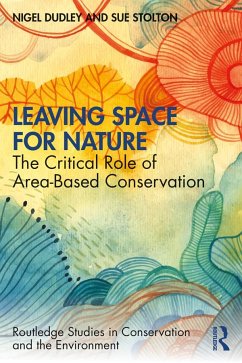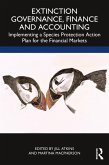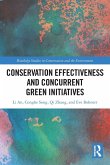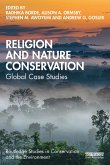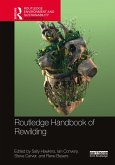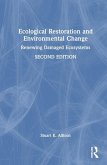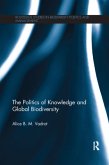This book provides the first contemporary assessment of area-based conservation and its implications for nature and society.
Now covering 15 per cent of the land surface and a growing area of ocean, the creation of protected areas is one of the fastest conscious changes in land management in history. But this has come at a cost, including a backlash from human rights organisations about the social impacts of protected areas. At the same time, a range of new types of area-based conservation has emerged, based on indigenous people's territories, local community lands and a new designation of "other effective area-based conservation measures". This book provides a concise overview of the status and possible futures of area-based conservation. With many people calling for half the earth's land surface to remain in a natural condition, this book taps into the urgent debate about the feasibility of such an aim and the ways in which such land might be managed. It provides a timely contribution by people who have been at the centre of the debate for the last twenty years. Building on the authors' large personal knowledge, the book draws on global case studies where the authors have firsthand experience, including Yosemite National Park (USA), Blue Mountains National Park (Australia), Bwindi National Park (Uganda), Chingaza National Park (Colombia), Ustyart Plateau (Kazakhstan), Snowdonia National Park (Wales) and many more.
This book is essential reading for students, academics and practitioners interested in conservation and its impact on society.
Now covering 15 per cent of the land surface and a growing area of ocean, the creation of protected areas is one of the fastest conscious changes in land management in history. But this has come at a cost, including a backlash from human rights organisations about the social impacts of protected areas. At the same time, a range of new types of area-based conservation has emerged, based on indigenous people's territories, local community lands and a new designation of "other effective area-based conservation measures". This book provides a concise overview of the status and possible futures of area-based conservation. With many people calling for half the earth's land surface to remain in a natural condition, this book taps into the urgent debate about the feasibility of such an aim and the ways in which such land might be managed. It provides a timely contribution by people who have been at the centre of the debate for the last twenty years. Building on the authors' large personal knowledge, the book draws on global case studies where the authors have firsthand experience, including Yosemite National Park (USA), Blue Mountains National Park (Australia), Bwindi National Park (Uganda), Chingaza National Park (Colombia), Ustyart Plateau (Kazakhstan), Snowdonia National Park (Wales) and many more.
This book is essential reading for students, academics and practitioners interested in conservation and its impact on society.
"Now Nigel and Sue have consolidated much of their experience, and the knowledge of the many colleagues whose work they have read, or collaborated with, in this impressive synthesis of the current state of the art of protected areasplanning and management. They draw on a wide range of first-hand experiences from around the world to illustrate the points they make, while returning again and again to their home between the Welsh mountains and coast to "ground truth" their observations. As always, the writing is lucid and the story highly readable. They feel passionately about the subject but they are commendably balanced in how they address such thorny issues as the rights of Indigenous peoples in respect of the natural resources upon which their livelihoods depend." - Adrian Phillips, Parks Journal, Issue 26.1
"Now Nigel and Sue have consolidated much of their experience, and the knowledge of the many colleagues whose work they have read, or collaborated with, in this impressive synthesis of the current state of the art of protected areasplanning and management. They draw on a wide range of first-hand experiences from around the world to illustrate the points they make, while returning again and again to their home between the Welsh mountains and coast to "ground truth" their observations. As always, the writing is lucid and the story highly readable. They feel passionately about the subject but they are commendably balanced in how they address such thorny issues as the rights of Indigenous peoples in respect of the natural resources upon which their livelihoods depend." - Adrian Phillips, Parks Journal, Issue 26.1

